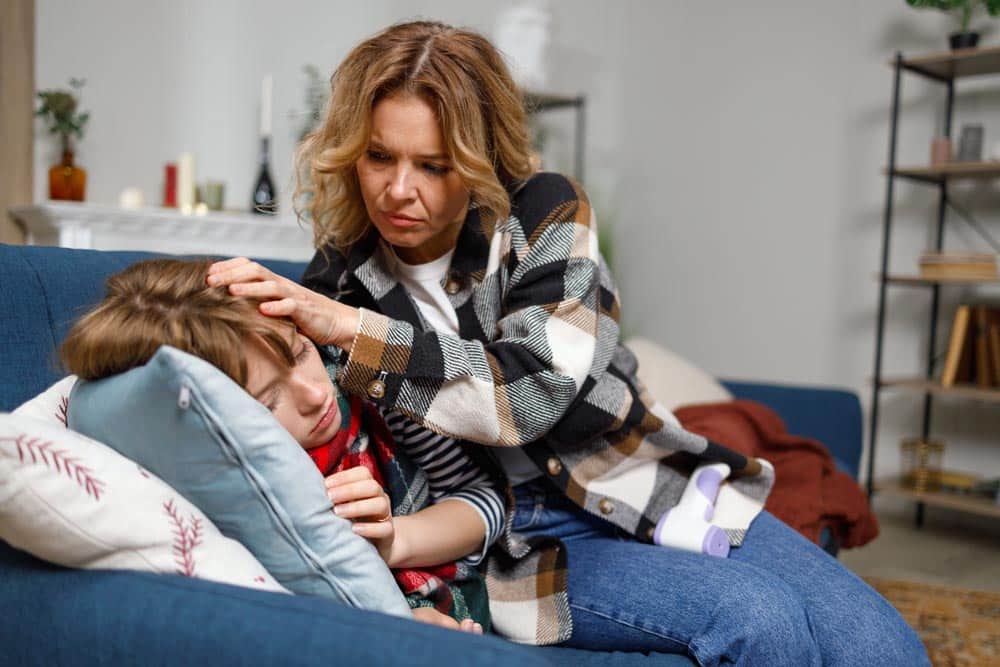Detox is hard. Even harder is that for some, they have to experience it essentially twice. It seems unfair, but some undergoing addiction treatment will have to prepare for how to cope with Post-Acute Withdrawal Syndrome.
PAWS, as this condition is abbreviated, is essentially a less-severe version of the symptoms that occur during the initial detox experience. PAWS generally hits somewhere between four to eight weeks after first withdrawal.
Now, not everyone will experience PAWS. Much depends on the patient’s age, their general health levels, how severe the addiction was and what substance the client was originally abusing. But it’s good to know about the possibility of this syndrome so that you can plan for the worst. Better to have a plan and not need it, after all, than not have a plan and then experience an ordeal completely unprepared.
If the patient does contract PAWS, there are certain symptoms typical of the illness regardless of other circumstances. Such symptoms can include emotional instability, anxiety, difficulty coping with stress, lack of energy, sleep problems, memory problems, balance and reflex problems, dizziness and heightened risk of accidents. Other, drug-specific symptoms can include depression, poor impulse control, hostility and others, some unique to opioids, others to cocaine or some other drug du jour.
Worse, PAWS will often hit at the most inopportune moment. The usual timeframe for the syndrome has it hitting often when a patient is leaving rehab behind and isn’t under direct medical care anymore. It’s hardly an ideal time to take a turn for the worse.
If it does hit, it’s vital the patient has someone or somewhere to turn. Family, friends, a support group, you’ll need help to avoid relapse in the midst of the effects of the dangerous syndrome.

There are other steps you can take to mitigate or treat the symptoms of PAWS should it hit. These include:
- Identifying emotional triggers, such as boredom, loneliness or anger, that can contribute to cravings
- Setting aside time each day for relaxation
- Maintaining regular sleep patterns
- Consuming a healthy diet
- Regular exercise
- General self-care behaviors
- Patience
After all, PAWS is not the initial withdrawal sequence, when you literally dealing with an end to a chemical dependence. This is essentially an echo of that, an aftershock after the earthquake, if you will. It will pass given time.
To best prepare for PAWS, should it occur, and the accompanying issues it brings, it helps to have a plan: people to turn to, behaviors to pursue and a general strategy to follow. To best set up a plan, it helps to have expert help from a rehab center such as Good Landing Recovery, which can give you the advice and tactical thinking necessary to prepare for and outlast PAWS.
One of the worst aspects of PAWS is it hits just when you’re thinking you might be entering recovery, bringing to bear the problems of addiction when you’d thought them left behind.

